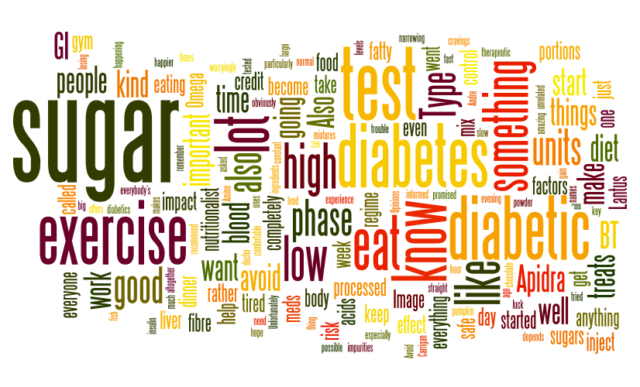Underweight a significantly higher risk of all-cause mortality
Increase in mortality due to diabetes was accounted for by renal disease and cardiovascular disease
Mumbai, 11th July 2018: Madras Diabetes Research Foundation (MDRF) has published yet another breakthrough study report focusing solely on the morality rates among Indians with and without diabetes. A brainchild of Dr. R M Anjana, ** and her team, the study- Chennai Urban Rural Epidemiology Study (CURES), reports on the mortality rates based on a representative sample of 26,001 adults from Chennai city, aged over 20 years out between 2001 and 2003. All individuals with diabetes and one in ten of those without diabetes were followed up for the next 10- 15 years to look at the mortality rates.
While the study revealed the startling outcome that the mortality rates are almost three times higher in Indians with diabetes compared to Indians without diabetes, it also further stated that being underweight was associated with a significantly higher risk of all-cause mortality compared to those who were marginally overweight or obese. This supports the newly emerging ‘obesity paradox’ concept and suggests that being slightly overweight especially at older age groups may not be such a bad thing after all. The excess mortality due to diabetes was most marked in the age group of 51-70 years. Most of this excess mortality due to diabetes was accounted for by renal disease and cardiovascular disease.

Dr. R. M. Anjana, Managing Director, Dr. Mohan’s Diabetes Specialities Centre and Vice president, MDRF says, “To our knowledge, this is the first study from India to compare mortality rates in a representative population based cohort of individuals with and without diabetes. Coronary heart disease which contributed 53% of the risk of mortality in those with diabetes can be reduced if it is diagnosed and detected early and aggressively. Diabetes which is a significant contributor to mortality can also be prevented. Even if it is well controlled, it could also reduce the mortality rates”. She further adds, “Other important contributors to mortality such as physical inactivity, dyslipidemia, smoking and alcohol use and hypertension are also easily modifiable risk factors”.
The prevalence of diabetes is increasing worldwide. Today diabetes is the fifth leading cause of mortality accounting for over 3.8 million deaths annually. It is estimated that one individual dies of diabetes or its complications every 10 seconds. Most of the excess mortality due to diabetes is attributable to cardiovascular disease and renal failure. While there are several studies on mortality rates in people with and without diabetes from developed countries; there is virtually no data from India. Such data are very important because Indians, in general, are known to be at increased risk of developing both type 2 diabetes as well as premature coronary heart disease.
Dr. V. Mohan, Director, Madras Diabetes Research Foundation says that “The excess mortality noted among underweight individuals may reflect their poor health due to other underlying diseases e.g. tuberculosis, undernutrition or decreased immunity. The fact that excess mortality due to diabetes was highest in the age group of 51 to 70 years is possibly a reflection of the earlier age of onset of type 2 diabetes in Indians. While, gross obesity is undoubtedly harmful, this study shows that small degrees of overweight especially in older people may not be as bad as believed earlier. This is a newly emerging finding worldwide, and needs further study. Fortunately altering risk factor through increased physical activity, smoking cessation good diabetes and blood pressure control and use of statins could help in lowering mortality rates in Indians even if they have type 2 diabetes.
Dr. C. S. Shanthi Rani, Senior Scientist &Head, Clinical Epidemiology at MDRF says that “The representativeness of this population based sample, the long duration of follow-up, the use of standardized verbal autopsies to collect information on causes of death from the community and the good response rates are the main strengths of the study”.
